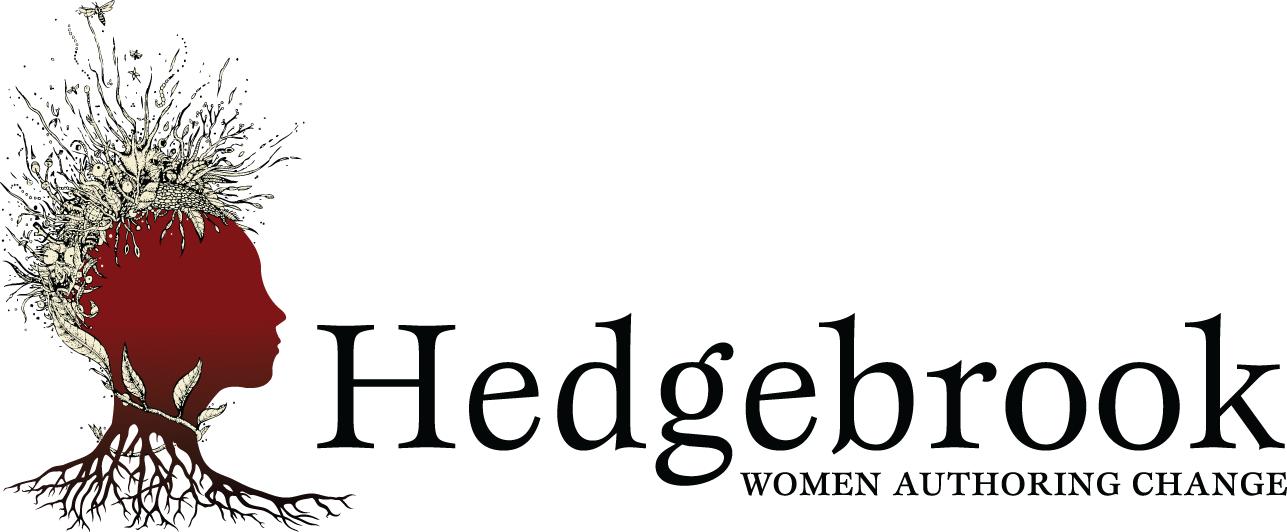Trespass Vision
Tillie Olsen called it “trespass vision.” Virginia Woolf’ insisted that “literature is no one’s private ground; literature is common ground.” Finding and expanding that common ground where class and culture intersect has been my trespass vision. It was and still is a gleaning process of recovering what has been left behind, unrecognized or invisible. My writing also turned toward a kind of lyrical scholarship where poems fit securely next to literary analysis. After editing several collections and anthologies on working-class culture, I wrote Hands: Physical Labor, Class and Cultural Work (2004 Rutgers UP) a book that deliberately trespassed on genre boundaries. It began with a memoir piece on my father’s work in a New Jersey, pre-OSHA chemical plant. I wrote much of that chapter and others while at Hedgebrook as a J.T. Steward Award Winner in 2001. In the last five years I have migrated from writing about literature to writing about photography (not mutually exclusive, and not new). This same sensibility of trespassing and recovering informs my archival research on Hansel Mieth and Marion Palfi at the Center for Creative Photography (CCP), the University of Arizona., Tucson. I was struck by the similarity of subject matter and perspective of these two photographers who had much in common but never met. I discovered that writing biography was hard enough when there was one subject, but definitely more challenging when juxtaposing two little known women photographers. So this is new, trespassing work. I had five research visits, traveling from Rochester to Tucson. It was all a bit crazy: I had never written biography before; ever minute spent in the archives was valuable, but, at first, I did not know how to penetrate the files and images; I would arrive at CCP shortly before the research center opened at 10 am, and reluctantly would leave when they closed at 4 pm; one week I would give Mieth three days, and Palfi two, other weeks I would reverse the order; I knew I had to strategize about what to look at and what to put aside. In the end I wrote their biographies out of the spirit of their work, coaxing my writing to follow the path of their photo sequences and projects. Perhaps some critics will find it heretical that I did not focus on a single photographer, or link Hansel Mieth with her photographer husband Otto Hagel. Perhaps some will resist my request to hold off on categorizing these photographers, placing them into photo slots that barely existed when they were practicing their craft. But perhaps others will see something valuable in the process of slowing down the speed of visual consumption and looking at the work of Mieth and Palfi in dialogue. If this book challenges the male-centric and class privileged photo canon, so be it. Hansel Mieth and Marion Palfi made extraordinary contributions to humanistic photography. They thought that photos could arouse consciousness and evoke societal change—an idea worth recovering.Here’s a summary of my new book, Unfinished Stories: The Narrative Photography of Hansel Mieth and Marion Palfi published by RIT Press, Rochester, NY in association with the Center for Creative Photography:Unfinished Stories presents a parallel study of the lives and narrative photography of Hansel Mieth (1909–1998) and Marion Palfi (1907–1978). Mieth was the second woman staff photographer employed by Life magazine. Palfi’s photo of Henry Street Settlement kids was the first cover of Ebony magazine. German born émigrés who never met, they constructed remarkably similar photo narratives of unseen America. They were visual storytellers, artists, and citizen-photographers who do not fit easily into contemporary categories of photojournalism or documentary photography. Great risk-takers, they grasped the complexities inherent in representing human beings as individuals, as part of an ethnic, racial or labor group, and as citizens colonized in their own land. They may have photographed the circumstances of alienation, but their themes involved connection, human relationships, and solidarity. Unfinished Stories offers a fresh and theoretically informed eye on representational photography. It forges a place for Hansel Mieth and Marion Palfi in the history of photography and in the history of American race and class struggle. Janet Zandy is emerita professor of English at Rochester Institute of Technology. She is the author of the award-winning Hands: Physical Labor, Class, and Cultural Work and editor of Calling Home: Working-Class Women's Writings, Liberating Memory: Our Work and Our Working-Class Consciousness, What We Hold in Common: An Introduction to Working-Class Studies, and co-editor of the Oxford Anthology of American Working-Class Literature. She was general editor of Women's Studies Quarterly and has lectured and written extensively on class and culture, and, more recently, on photography and class. Janet Zandy will present a slide/talk on Hansel Mieth and Marion Palfi at Bluestockings Bookstore on Saturday, September 7, 2013 at 7 pm--www.bluestockings.com 212 777 6028, 172 Allen Street (between Stanton and Rivington in the Lower East Side of Manhattan) Hedgebrook supports visionary women writers whose stories and ideas shape our culture now and for generations to come. The opinions expressed here are not necessarily representative of the opinions of Hedgebrook, its staff or board members.
